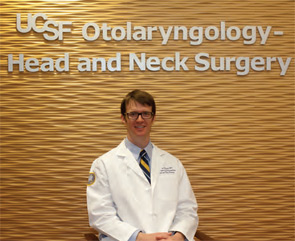In 2000, Nasir Bhatti, MD, associate professor of otolaryngology-head and neck surgery at Johns Hopkins University in Baltimore, started a program at Hopkins similar to the one at UCSF. At Hopkins, Dr. Bhatti, and now his successors, acted primarily as an ENT hospitalist, although he maintained minimal clinic duties as well.
He said the model could work efficiently because it would allow physicians, by choice, to determine whether they wanted to focus on surgical procedures or nonsurgical medical services. Those with a predilection toward surgery and more intensive procedures could focus on those subspecialties without feeling distracted by the demands of less intensive duties, Dr. Russell added.
Also, Dr. Bhatti pointed out, the setup could even create more revenue capture opportunities from consultations that are currently handled by nurse practitioners (NPs) and physician assistants (PAs).
“Lots of these consultations go unstaffed and, therefore, unbilled,” Dr. Bhatti said.
Dr. Russell said some physicians may be dismissive of the idea of an oto-hospitalist because they’re not clear on the role. They may picture a glorified resident constantly walking between wards to serve as a secondary opinion for other specialists.
“There is a perception that this may not be a glamorous position,” he added. “There’s an assumption that the position is nonsurgical.”
Dr. Russell’s workflow will, of course, include rounding and consultations across different wards and assistance with complex airway issues. But he will also perform surgeries and work on quality improvement (QI) initiatives, patient safety and systems-based practices. For those who doubt the variety that a purely inpatient setting can deliver, Dr. Russell eagerly quotes statistics from a two-year pilot program UCSF ran before hiring him as a full-time ENT hospitalist. In the program’s first year, the service saw 300 inpatient consultations (not including ED and urgent care). The most common consults were sinonasal and laryngotracheal, which translated to surgical/procedural volume. Two hundred procedures generated billings, of which 45 percent were laryngotracheal, 33 percent were sinonasal/anterior skull base and 10 percent were otologic.
“The hospitalist movement, in general, fills a need for the acute-care setting and manages a different set of problems than is seen in the ambulatory clinics,” Dr. Russell said, noting that the administration at UCSF should be praised for being committed to trying a new approach. “That same basic issue is found in otolaryngology. I think it’s an area that is perhaps underappreciated and may be, in my mind, worth looking at and developing as an entity itself.”

Leave a Reply